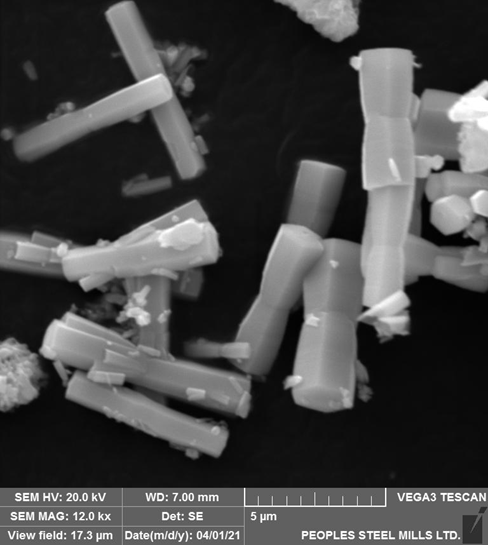|
In the pursuit of a sustainable future, the development of advanced materials plays a pivotal role. These materials exhibit unique properties and functionalities that enable innovative solutions for various industries, while also addressing environmental challenges. Among the most promising advancements in this field are thin films, polymers, and nanomaterials. These materials have gained significant attention due to their exceptional properties and their potential to contribute to a sustainable environment. 1. Thin Films: Thin films are ultra-thin layers of material deposited onto substrates, typically with thicknesses ranging from a few nanometers to a few micrometers. Their remarkable properties arise from the precise control of film thickness, composition, and structure. Thin films offer several advantages, including reduced material consumption, enhanced surface properties, and improved device performance. 2. Polymers: Polymers are large molecules composed of repeating subunits, known as monomers. Their versatility, ease of processing, and tunability make them a cornerstone of advanced materials. Polymers can be tailored to exhibit specific properties, such as flexibility, mechanical strength, electrical conductivity, and biocompatibility. With their ability to be synthesized from renewable sources and their potential for recyclability, polymers contribute significantly to the development of sustainable materials. 3. Nanomaterials: Nanomaterials are structures engineered at the nanoscale, typically between 1 and 100 nanometers. They exhibit distinct properties compared to their bulk counterparts, owing to quantum confinement effects and large surface-to-volume ratios. Nanomaterials include nanoparticles, nanowires, and nanosheets, and can be composed of various materials, such as metals, semiconductors, or ceramics. These materials have revolutionized several industries, offering improved mechanical, electrical, optical, and catalytic properties. |
|
|
|
Integration of Thin Films, Polymers, and Nanomaterials: The combination of thin films, polymers, and nanomaterials offers exciting opportunities for the development of advanced materials with enhanced functionalities, improved performance, and reduced environmental impact. By integrating these materials, researchers can tailor properties at the nanoscale, optimize resource utilization, and address sustainability challenges. |
|
Applications in Advanced Materials and Sustainable Environment: The integration of thin films, polymers, and nanomaterials finds applications across diverse industries, contributing to a sustainable environment:
|
|
|
|
The advancements in thin films, polymers, and nanomaterials have ushered in a new era of advanced materials with applications in various industries, while also addressing sustainability challenges. By harnessing the unique properties of these materials, researchers can develop innovative solutions for a sustainable environment, reducing resource consumption, improving energy efficiency, and mitigating environmental impact. Continued research in this field holds great promise for the development of advanced materials that will contribute to a greener and more sustainable future. |


